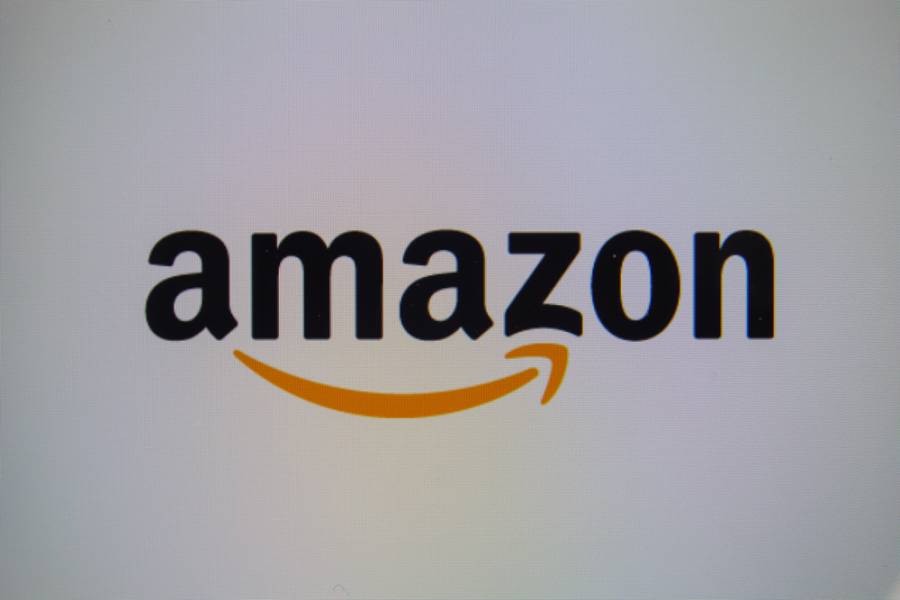Since Amazon has changed its policy toward the product reviews, the optimization strategies have changed too. It is no longer possible to generate incentivized reviews using discounts, giveaways, and other marketing techniques to improve your product rank. So, we can claim that currently, the only way to be a prosperous seller on Amazon is to increase your sales. Buy how you as a seller can boost your inventory sales? There are some practical optimization techniques you can test out to affect Amazon product ranking algorithm in your favor.
This short post will serve you as a guide to understanding how does Amazon product ranking algorithm work. Knowing the factors that can affect your position on Amazon search results page will help you understand the importance of creating quality content for your products.

Amazon ranking factors
Amazon ranking algorithm which is called A9 serves to provide the most relevant search results to shoppers who search on this platform. It has a unique structure which is different from standard search engine ranking systems. It takes data from Amazon database to determine product relevancy, and does not takes into account relevancy factors we used to see on other search engines, such as backlinks, off-site optimization, etc. Amazon ranking algorithm is concentrated on sales. The better sales history you have, the higher you will rank on Amazon search results page. Moreover, Amazon takes into account customers interaction with your listing. It can be presented in the number and quality of reviews, star rankings, and questions. Amazon wants to maximize its revenue per customer. That is why it tracks all previous customer searches and track what products they click on after searching for what product they end up buying.
Four primary factors can affect product relevancy and rank position. Let us have a closer look at these factors.
Amazon tracks the number of sales you get on each targeted search term which is incorporated into your listing. Generating sales on your targeted search terms is an indication to Amazon that your product is relevant to users’ queries and deserve to rank high on SERP. That is why it makes sense to optimize your listing with search terms that are maximally relevant to the inventory you retail. So, before launching your products on Amazon marketplace, you need to conduct comprehensive keyword research using professional research software. On the second stage, you need to include these search terms into your listing to attract targeted traffic that will most likely convert into sales.

Click through rate is a significant metric that Amazon takes into account when ranking products. It serves as the relevancy signal and shows how relevant your product description to users’ queries. If the percentage of customer clicks is high, you can expect sales boost and rankings improvement. However, not all at once. For instance, if you have a high bounce rate, your chances to rank high in your category are reduced.
Pricing is the final ranking factor that has a direct impact on listing position on Amazon SERP. As I have mentioned Amazon tries to maximize its revenue and provide customers with the most relevant and accurate search results. The products that have a good sales history and a competitive price are selling two times more than expensive inventory. That is why I advise you to track pricing policy in your niche and provide a cost a little bit lower than average. It will give a substantial initial boost to your products and help you to generate more positive and organic reviews.
Post a comment